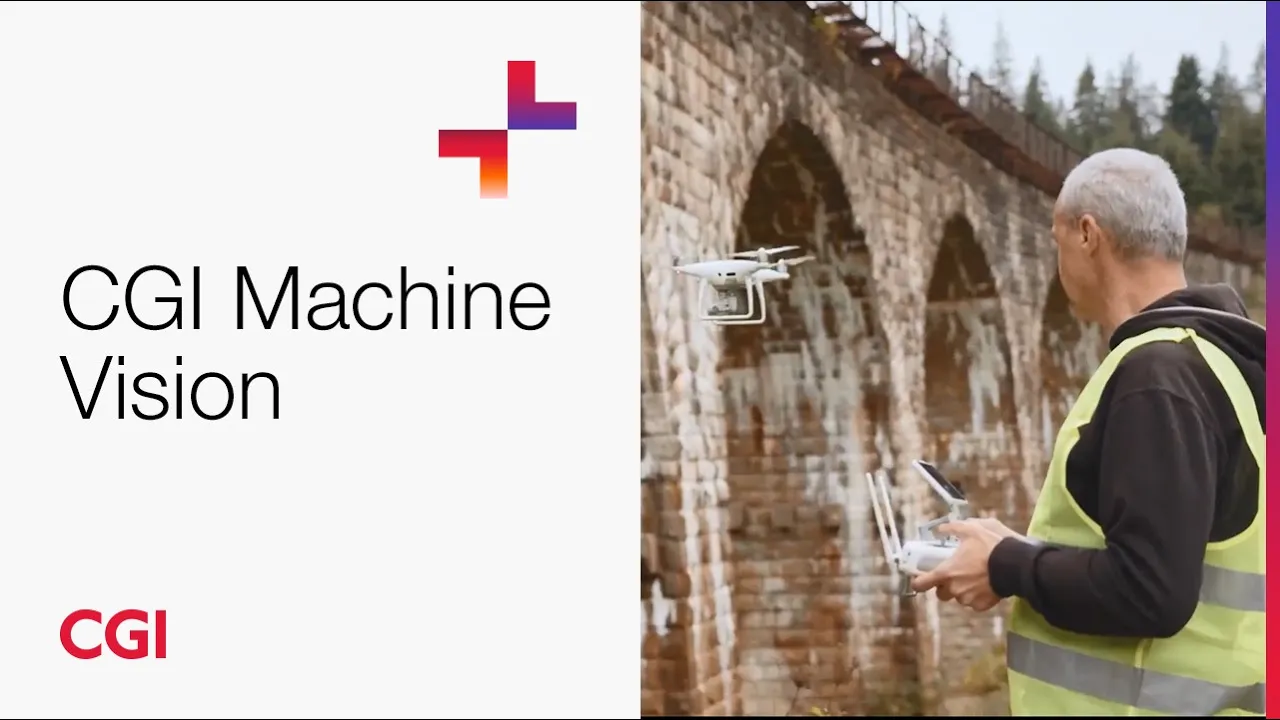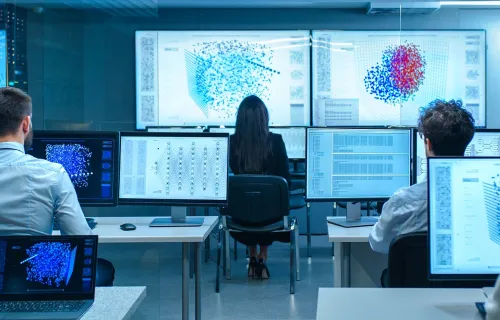Neville Richards
Head of Operational Technology
Neville Richards is Head of Operational Technology in our Emerging Technology Practice. His technical experience includes operational tech, cloud and machine learning.



















